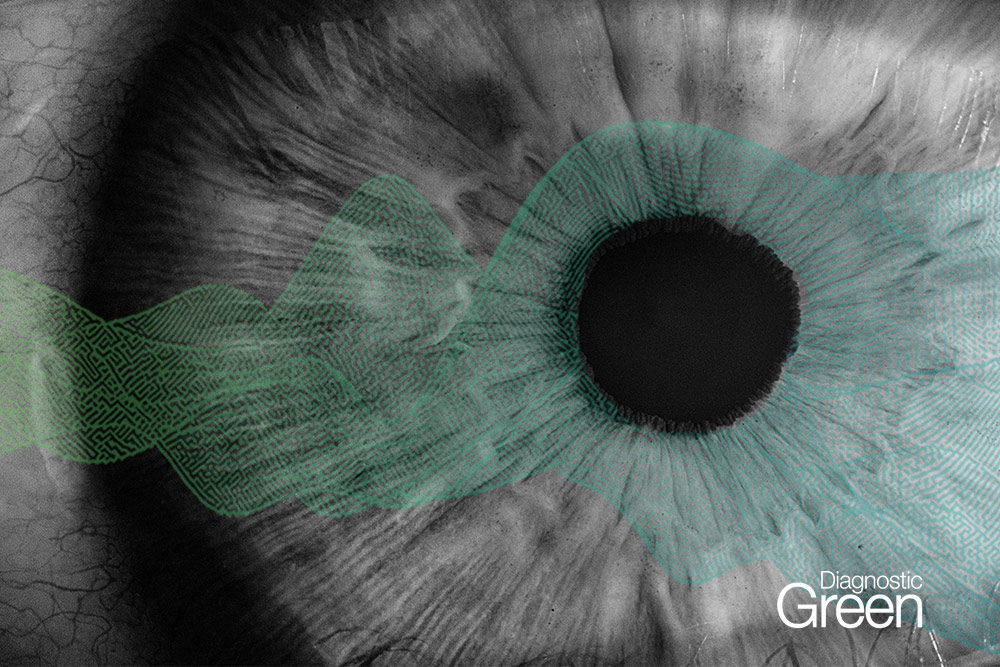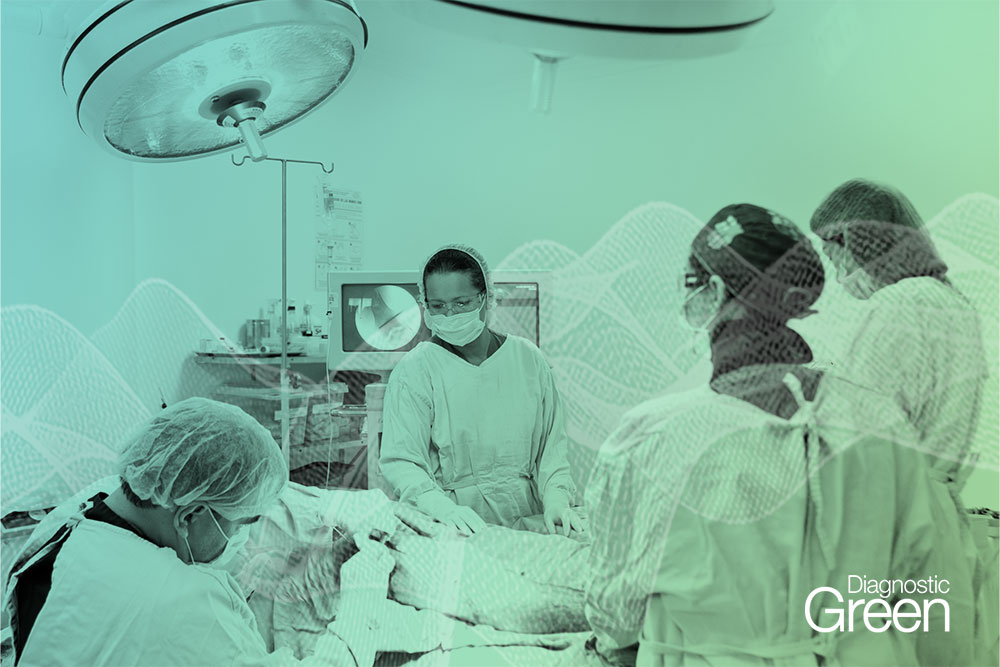Explore imaging characteristics of acute macular neuroretinopathy (AMN) in COVID-19 patients. Insights into visual field scotomas and retinal lesions.
Continue readingIntraoperative Indocyanine Green Angiography Facilitates Flap Fenestration and Facial Organ Fabrication in Total Facial Restoration
Explore the findings of a pilot study investigating the effectiveness of indocyanine green angiography (ICGA) in guiding flap fenestration and facial organ fabrication for total facial restoration. Discover how this intraoperative imaging technique enhances the safety and success of the procedure, leading to well-restored 3-D structures and satisfactory aesthetic recovery.
Continue readingNear-infrared (NIR) imaging with indocyanine green (ICG) may assist in intraoperative decision making and improving surgical margin in bone and soft tissue tumor surgery
We hypothesized that intraoperative fluorescence imaging with indocyanine green (ICG) could serve as an assistive technology to evaluate surgical margins and guide surgery in bone and soft tissue tumor surgery.
Continue readingFlap perfusion assessment with indocyanine green angiography in deep inferior epigastric perforator flap breast reconstruction: A systematic review and meta-analysis
Indocyanine green angiography (ICG-A) has been widely applied for intraoperative flap assessment in DIEP flap breast reconstruction. This study aims to analyze the clinical outcome and comprehensively review protocols of this field.
Continue readingIntraoperative indocyanine green clearance in liver surgery: a useful tool to promote parenchymal preservation?
Preoperative ICG administration could be helpful to intraoperatively detect patients that can develop late post hepatectomy impairment of hepatic function, especially following SIRT2 (REF2), and promote parenchymal preservation.
Continue readingDetection of the communicating accessory bile duct in laparoscopic resection of residual gallbladder by the combination of the indocyanine green fluorescence cholangiography and the intraoperative cholangiography: A case report
Report the execution of a laparoscopic resection of residual gallbladder with a communicating accessory bile duct using indocyanine green (ICG) fluorescence cholangiography and the intraoperative cholangiography (IOC). A case that has not been reported previously.
Continue readingRobo-Lap Approach for Anatomical Resections of Postero-Superior Liver Segments by Indocyanine Green Fluorescence: Intraoperative Navigation Based on Vascular Landmarks
In this technical note, surgical details to perform anatomical resections of postero-superior segments of the liver (Sg7 and Sg8) based on the identification of vascular landmarks and assisted by use of negative staining with indocyanine green (ICG) fluorescence will be described.
Continue readingIndocyanine green fluorescence imaging may detect tumour residuals during surgery for bone and soft-tissue tumours
The aim of this study was to determine the rate of indocyanine green (ICG) staining of bone and soft-tissue tumours, as well as the stability and accuracy of ICG fluorescence imaging in detecting tumour residuals during surgery for bone and soft-tissue tumours.
Continue readingAugmented Reality Navigation System and Indocyanine Green Fluorescence Imaging Make Laparoscopic Right Anterior Sectionectomy More Precisely and Safely
Laparoscopic right anterior sectionectomy (LRAS) is an attractive surgical option for tumors in the right anterior section (RAS), which can remove tumor-bearing segments while sparing more normal liver tissue.
Continue readingRobot-assisted and fluorescence-guided remnant-cholecystectomy: a prospective dual-center cohort study
Abdominal symptoms after cholecystectomy may be caused by gallstones in a remnant gallbladder or a long cystic duct stump.
Continue reading









